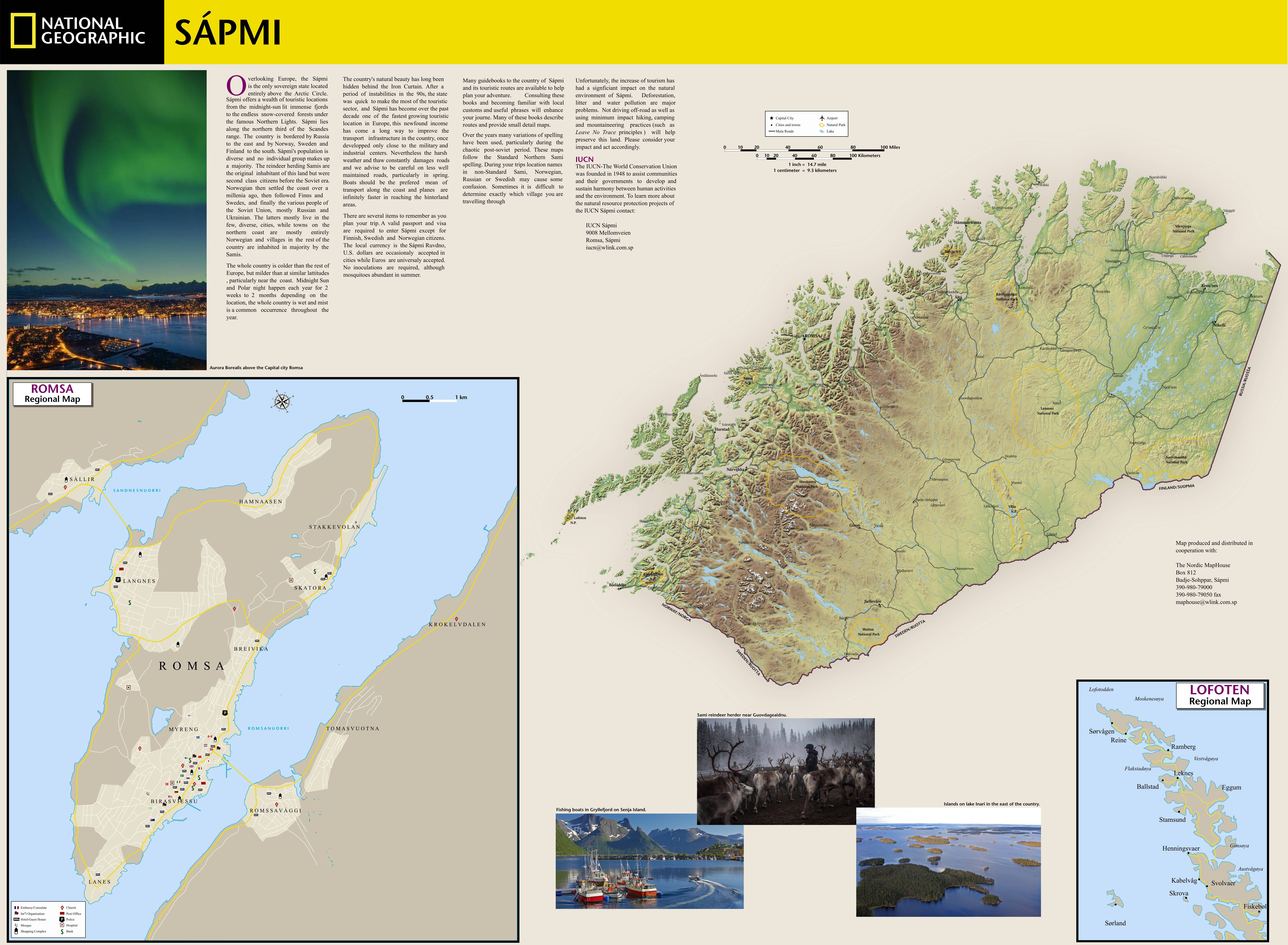(Link if it doesn't load)
Finland loses the winter war.
The Mannerheim line was renowned as unbreakable, and this reputation would be proven by the first months of the Winter War, but as the war went on Finland's situation was becoming dire, and on March 5 1940 the red army finally managed to break through, the situation was thight but maybe by pure luck, they managed to take the city of Vyborg within the next week, the finnish peace delegation which was proposing peace was refused, now confident, Stalin decided to keep the army fighting, and eventually, it won against a Finland on its last legs. By late April 1940, as Germany was invading Norway, Finland surrendered. The state's sovereignty was compromised and it was annexed into the Soviet Union as a SSR. In germany this finnish defeat was a dissapointment, but the trouble the red army had invading it was a proof of the inferiority of the Soviet Union.
The Border between the Soviet Union and Sweden would be extremely tense, in Sweden while the opinion was still mostly for peace, it became clear that the largest threat was the USSR and not Germany. This threat would materialze in May 1943 when the USSR, having inflicted important defeat to the germans, decided to take the important iron supply of germany, the mine of Kiruna, which extracted 90% of the iron in Europe. The mine would be taken by september despite an impressive showing by the swedish army. As Stalin didn't want to expense too much ressources attacking sweden the frontline would become frozen until the last months of the war in Sweden.
When Germany finally surrendered, the red army had firm control of large parts of Northern Norway and Sweden, at the Potsdam conference their fate was crucial. Stalin wanted the Kiruna mines as well as strategic ports like Narvik's, it would be a direct threat to the american control of the north atlantic, the red army also occupied sweden and norway as south as trondheim and Gävle and could easily keep them. Eventually a compromise was reached, the red army would retreat much further north, Sweden would become neutral and the USSR could carve a weirdly shapped region from Sweden and Norway that would contain mines and important ports. Svalbard would be annexed into the USSR and given to the Murmansk Oblast. Finally it would be decided that the northern half of the finnish lapland would be added to this state, mostly as a punishment for the failed Helsinki uprising in 1942 which diverted precious troops away from the frontline.
In this sparsely populated new state, most Swedes and Norwegian that didn't have their roots in the region and hadn't already fled during the war quickly fled. While Russians quickly settled in important towns and cities. However many finns and norwegians who had been living there for centuries stayed, to further keep them in check, Stalin decided to get the Samis, the indigenous population of Northern Scandinavia, who are traditionaly reindeer herder (but many lived in cities at the time), on their side. The Area was given the status of Autonomous SSR "dedicated" to the Samis, the few thousands of them living in the Murmansk Oblast were deported. In he new ASSR, Sami culture and identity was promoted, large fishing rights were taken away from Norwegians and given to Samis. Many Norwegians and Finns had however partial Sami Ancestry, just like many Samis also had Norwegian Ancestry, and this official policy pushed some to "reclaim" their identity, further alienating Norwegians and Finns. The Sami writing was standardised and it became a main language of teaching. The Result was a sami population that was a plurality in the ASSR, but also very heterogeneous, with more than half their population being of mixed ancestry, many who did not speak the language nativelly, and the standardisation of the language neglected the reality of the various dialect, many being only very slightly intelligible with others.
The ASSR had an important role during the cold war, the Soviet naval and submarine base was a direct threat to American control over the Northern Atlantic, and it was a central component that led to the Norwegian crisis in 1982, the threatening soviet presence also was a direct cause of the US' chrome dome operation in the north atlantic and the Husavik incident in 1965, during which a nuclear bomb fell and contaminated several dozen km² of land in Iceland, which would lead to its exit from NATO. Internally most of the development focused on military and the exploitation of the ASSR's ressources, mostly hydrological and mineral. These two would cuase problems however, the creation of several dams would flood signficiant parts of the country and force some Sami Herder out, who often had to leave the countryside. The intensive exploitation of the Kiruna (now named Badje-Sohppar after its northern Sami name) would cause a deadly mudslim that would claim the lives of 70 peoples in 1987.
Eventually the Iron Curtain fell and the Soviet Union collapsed, as an ASSR its status was a matter of debate, but after seeing the declaration of independace of Finland, and since it had its own identity and had signficiant ressources, it decided to become independant, although Russian presence in some naval bases was kept. Many Norwegians and the remaining swedes quickly left to their wealthier southern Neighbours. The 1990s had a chaotic politics, the transiton to a market economy was laborious, and conflict between the Russian, Sami and the small Norwegian and Finnish as well as within the diverse Sami population resulted in political gridlocks. This prevented the country from quickly integrating the european economy and EU contrary to some of the other post soviet states. Eventually in the early 2000s as the situation was becoming more stable it started to open itself an promote tourism, after a decade iit would become one of the main cornerstone of the country's small economy, and it became a candidate at European membership in 2011, with the process expected to end during the next decade. The country's population is one of the smallest in europe at 330,000 , and it is the least densely populated. Self Identified Samis make up nearly 140,000, most however are of mixed ancestry and live in cities. Most large cities are diverse, often having similar sized Sami and Russian/Ukrainian population and smaller norwegian and finnish populations, while the countryside is very sparsely populated, mostly by Samis.


